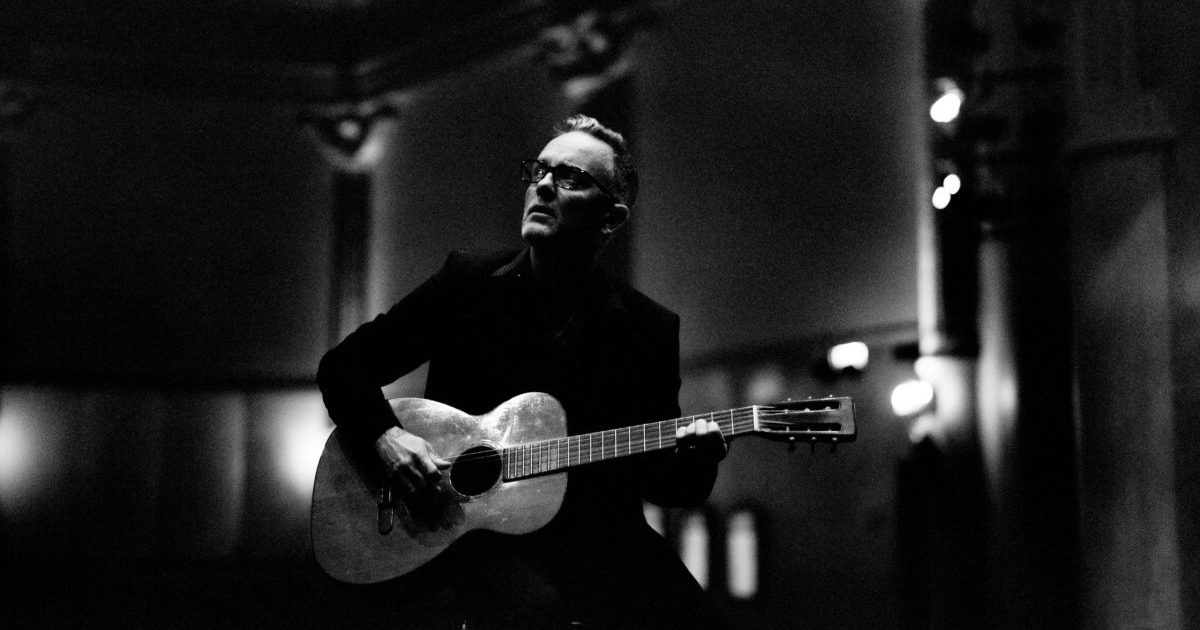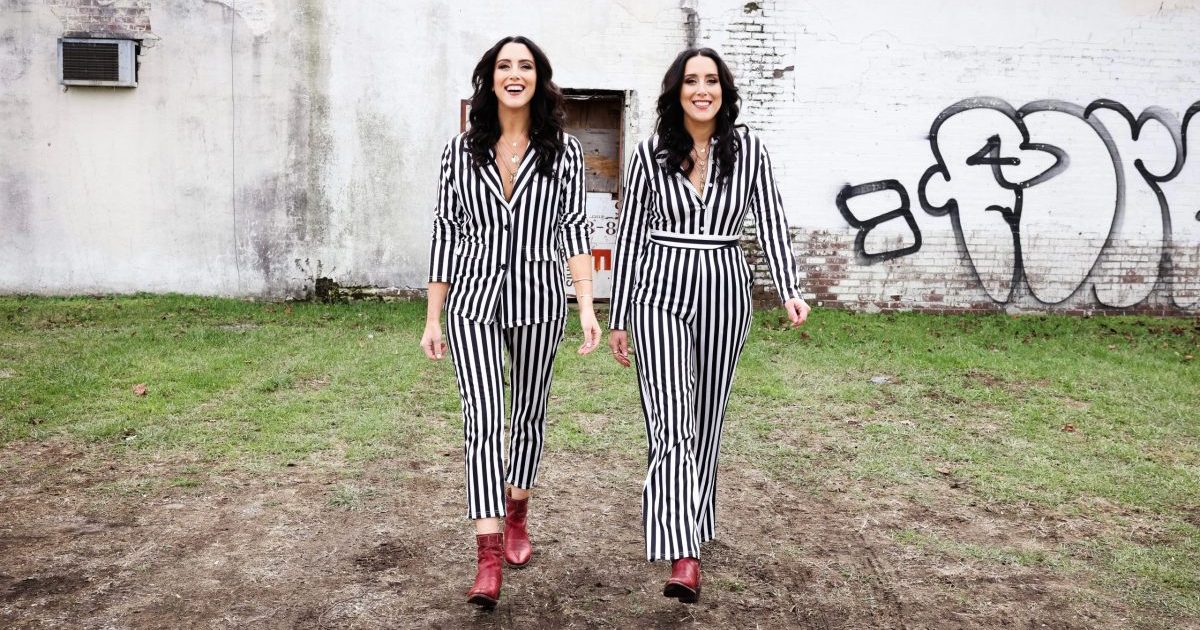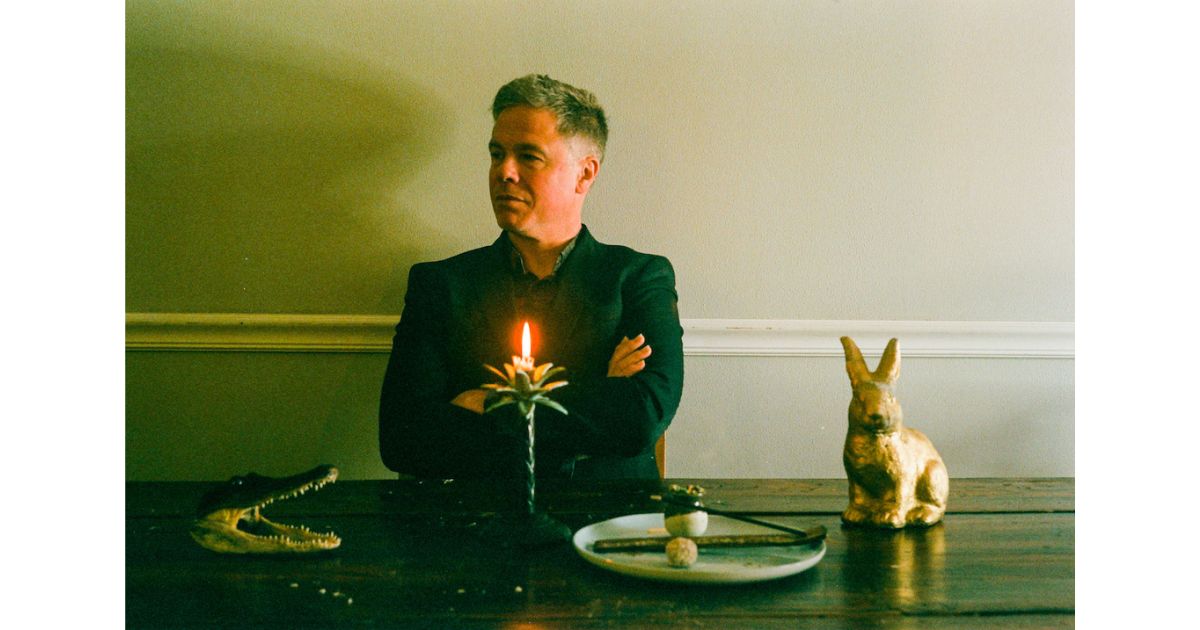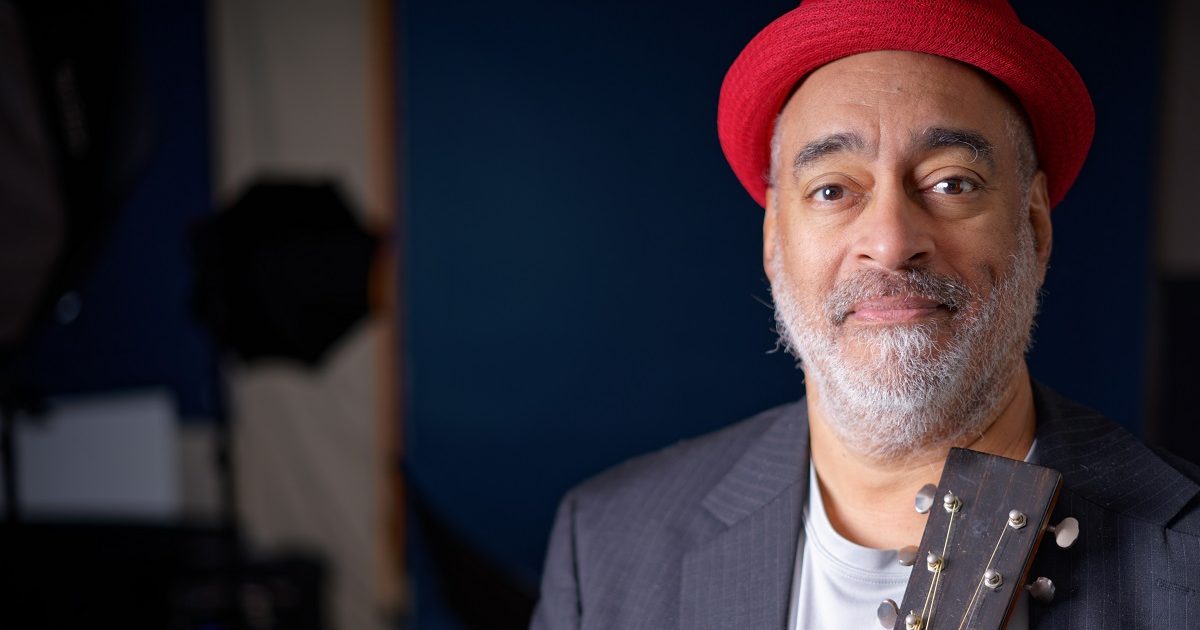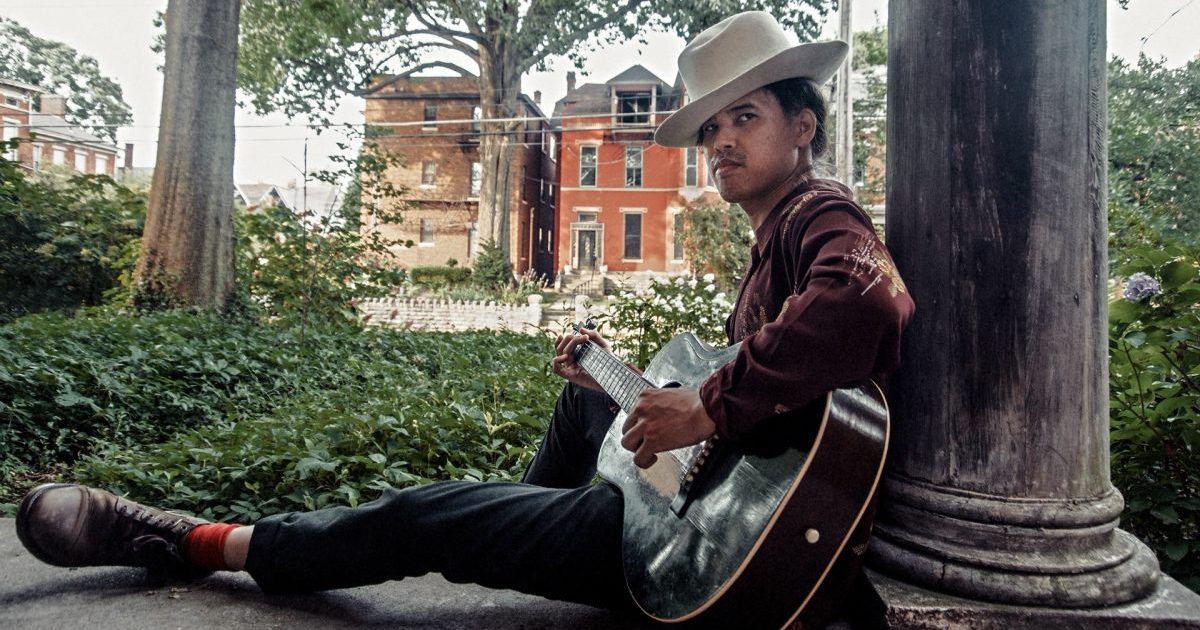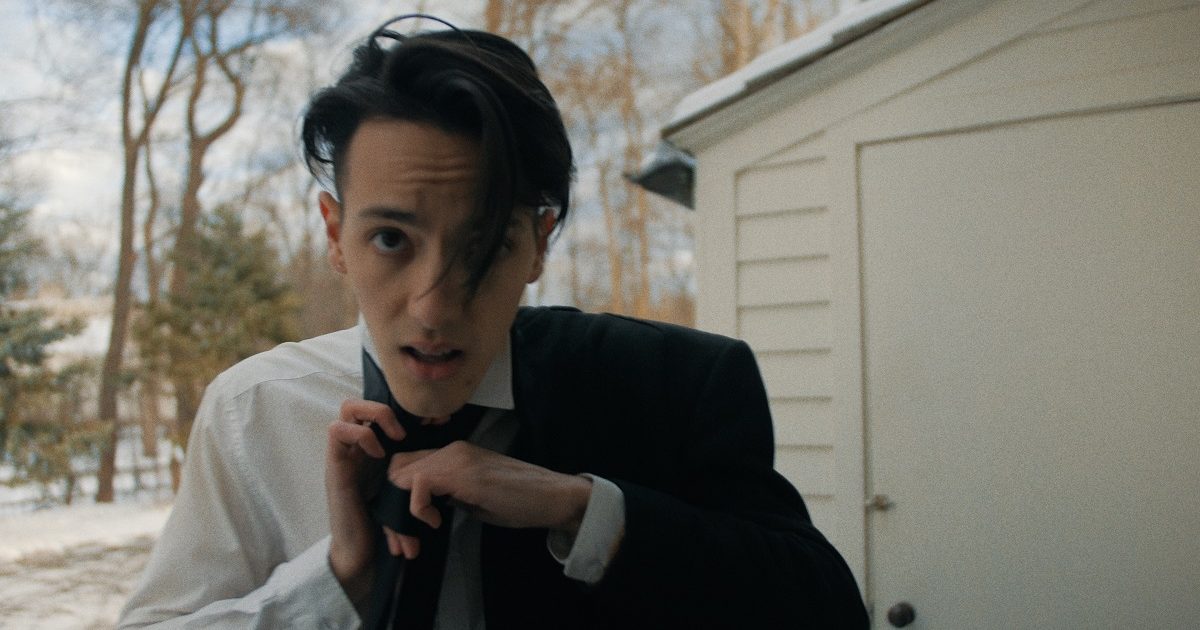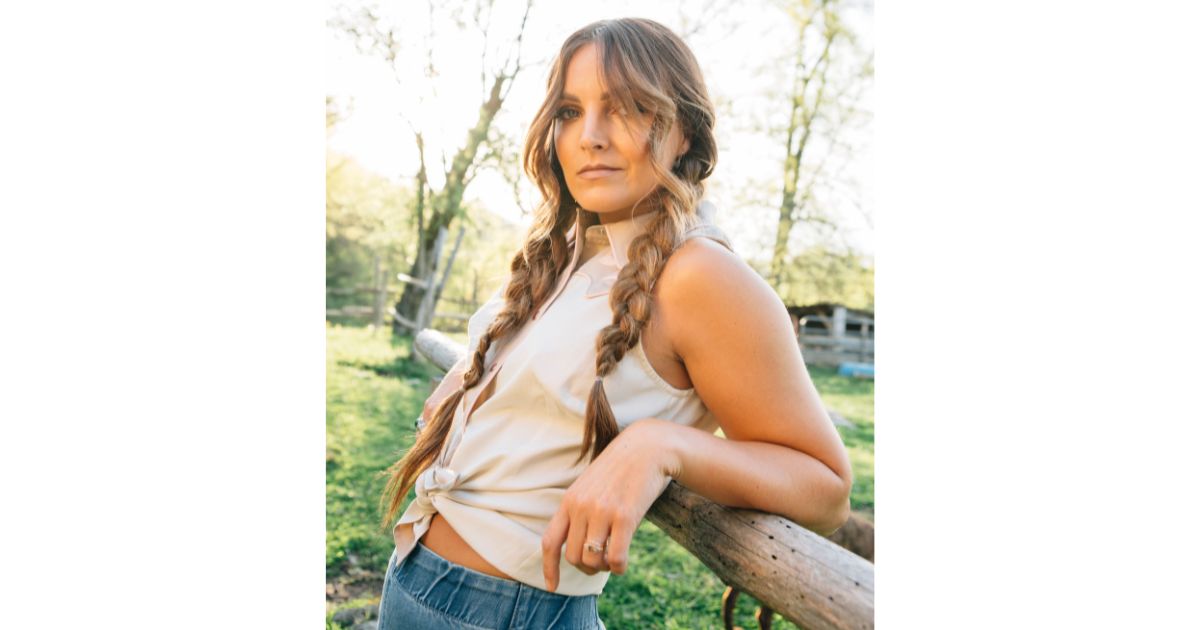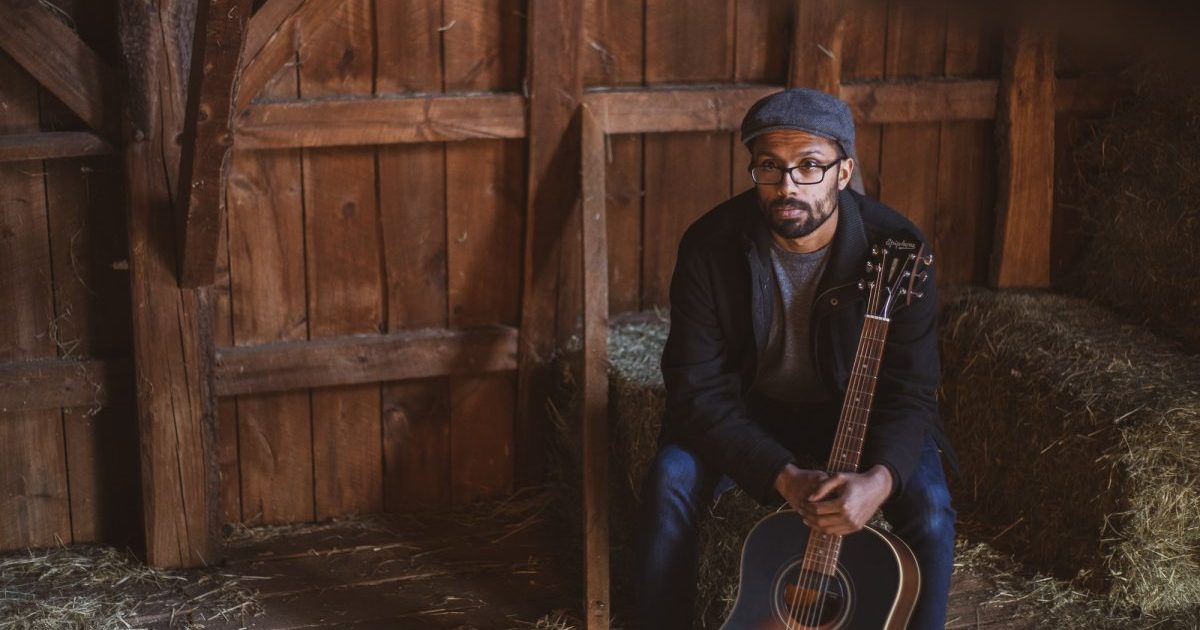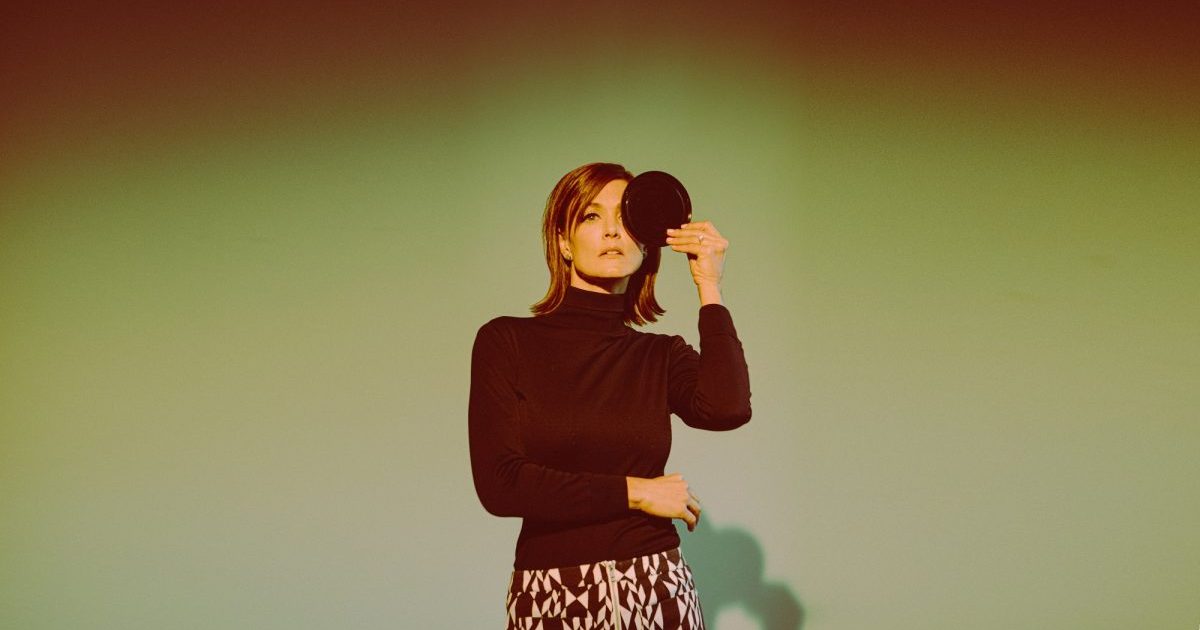Artist: Dave Hause
Hometown: Philadelphia, Pennsylvania
Song: “Tarnish”
Album: Drive It Like It’s Stolen
Release Date: April 28, 2023
Label: Blood Harmony Records/Soundly Music
In Their Words: “My life is getting increasingly less interesting. And that’s by design. You want to be steady, you want to be at a baseball practice or taking your kids to gymnastics or whatever it is. You don’t want to necessarily be staring into the abyss all the time and trying to determine your existential weight. I don’t want my life to become fodder for songs — I want my creativity to be the fodder for songs. I had kids later in life, and it turns out kids ask an awful lot of questions. Sooner or later I’m gonna have some explaining to do for the four decades of living I did before they showed up on the scene, and I sure hope when they hear the answers, they take it easy on me.” — Dave Hause
Press Credit: Jesse DeFlorio
